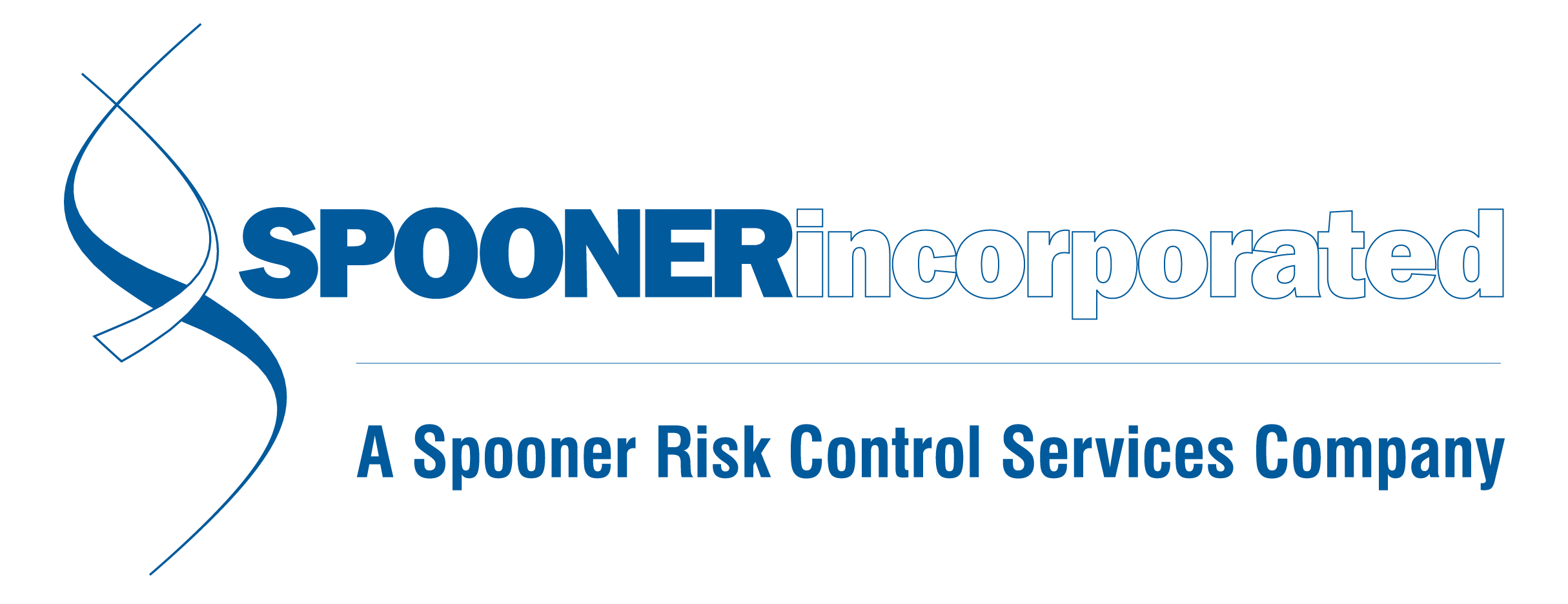OSHA Site Specific Targeting (SST)
The Site-Specific Targeting (SST) plan is OSHA’s main site-specific programmed inspection initiative for non-construction workplaces that have 20 or more employees. OSHA will generate inspection lists based on elevated Days Away, Restricted, or Transferred (DART) rates for 2019, and sites with upward trending rates for the three-year range of 2017-2019. They will also identify a random sample of establishments that did not provide them the required 2017, 2018, and 2019 Form 300A data. To verify data accuracy and quality control, OSHA also intends to include a random sample of low-rate establishments from the 2019 data.
1. High-Rate Establishments
The SST plan selects individual establishments for inspection based on 2019 Form 300A data. Since average DART rates vary widely among industries, OSHA will set one DART rate for manufacturing and a different DART rate for non-manufacturing as objective selection criteria.
2. Upward Trending Establishments
OSHA will identify establishments with rates above their industry’s national average in 2017 that have continued to trend upward in both 2018 and 2019 and continue to remain above their industry’s national average.
3. Low-Rate Establishments
To verify the reliability of the Form 300A data reported to OSHA, the agency will generate a random sample of establishments with low DART rates using the 2019 data.
4. Non-Responders
OSHA will generate a random sample of establishments that failed to provide the required Form 300A data to OSHA for 2017-2019. Inclusion of these non-responding employers is intended to discourage employers from not complying with their obligation to report injury and illness information in an attempt to avoid inspection.
When a Certified Safety & Health Official (CSHO) determines that a worksite was included on the inspection list because of incorrect data submitted by the employer, a “records only” inspection may be conducted. For “records only” inspections, the CSHO will conduct a partial walkthrough of the workplace and interview employees to verify the establishment’s injury and illness experience.
Always notify your legal counsel if OSHA shows up at your doorstep, and if you’re a Spooner or Surety client, we’d like you to notify us as well. There is typically no notice given on these inspections, so while our team may not be able to be onsite at that time, you should still reach out to us for advice on how to handle the inspection process. Our team can also assist with informal conference and abatement of any issues. We can even connect you with an attorney that specializes in the employer side of these investigations, if you don’t already have one in place. Employers and employees do have rights during these investigations, but your cooperation with the compliance officer will go a long way. Designate a member of management to document the process and record all of the questions asked and answers given. If OSHA plans to be onsite for multiple days, it’s reasonable to request a daily briefing on findings and concerns.

